Brazilian artist Beatriz Milhazes is currently showing new work at James Cohan Gallery entitled “Marola.” Milhazes references artists like Henri Matisse, Bridget Reilly, and Sonia Delaunay but creates something new and fresh that is representative of her Brazilian roots—her optical spheres of color, stripes, and organic patterns are inspired by Rio and Carnivale. Whitewall had the chance to catch up with the artist to hear about her colorful new exhibition, on view through November 28.
WHITEWALL: The show is titled “Marola,” which loosely translates to the water ripples that follow after a large wave. Is there more symbolism behind the show?
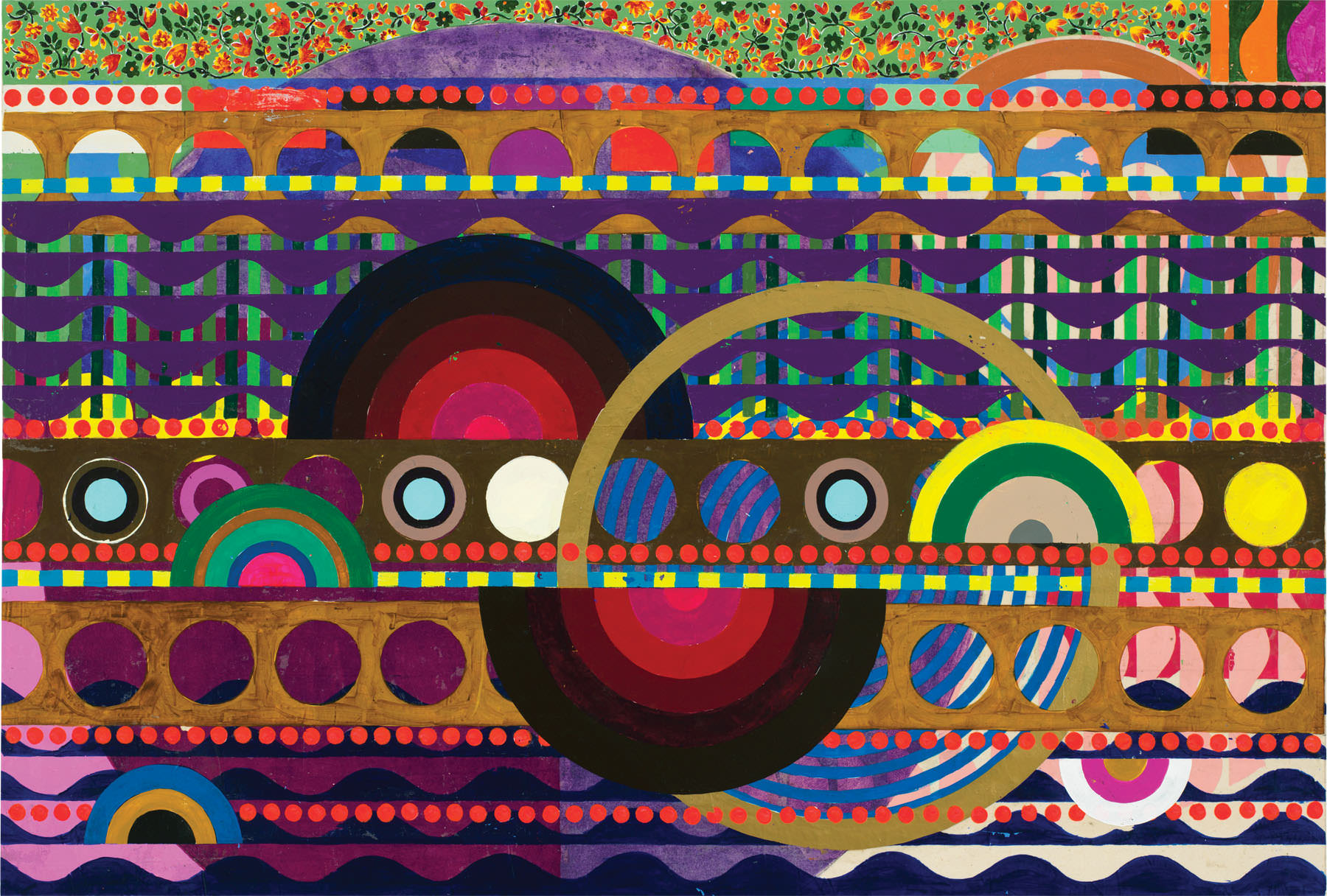
2014
BEATRIZ MILHAZES: “Marola” is also the title of the larger sculpture in the main room of the gallery. I was referring to this heavy vibration of ripples and how it has many different rhythms that are connected within the sculpture itself. We have worked on this piece for five years, so it also refers to the whole development of the movement and the process of creating the piece. When the two sculptures were completed, both were part of this same idea. So I decided to give them names that sound similar, “Mariola” and “Marola.” The paintings come from existing works, so I developed and created titles for them based on that similar sounding titles of the sculptures. The paintings are independent, but I saw an interesting link between them.
WW: You mentioned that your paintings reference work from other abstract artists and the paintings in this show strongly resemble aspects of Matisse’s cutouts. Are there other artists that you referenced for these paintings?
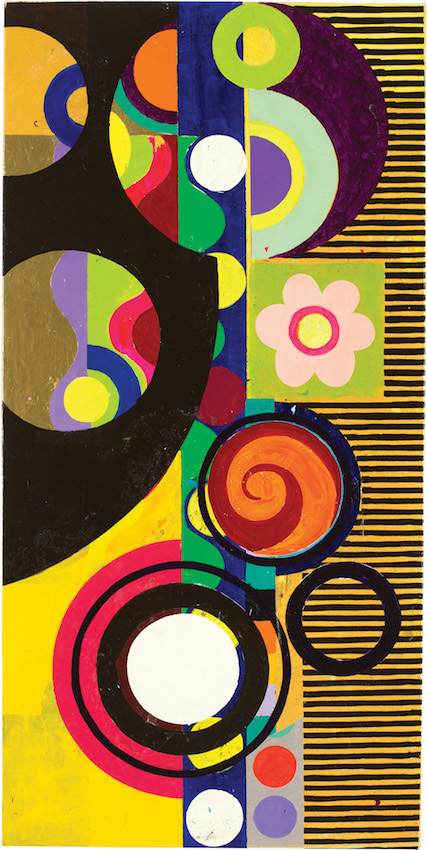
Acrylic on linen
BM: For these works I used examples of master artists from abstract art history. Some reference my start as an artist like Matisse, but instead of looking at his paintings, I looked more at his cutouts. I also referenced Delaunay’s multicolored disks. Riley, the master of optical art was always a reference in my work. I referenced this dizzying and ocular movement that she developed and catches the eye. In this case, I really wanted to do stripes and explore the different possibilities of using it as a representation of intense rhythm rather than using it just for color. The last artist I referenced in these pieces is a Brazilian painter from the sixties, Ione Saldanha. I referenced this shape that is based on a wheel and has different segments. It is not about copying these motifs; it is more about inspiration and looking at the possibilities of restructure and dialogue within abstract art history. Lastly I looked at tribal art. I’ve always had a strong connection with native art in my work..
One thing that inspires me the most is nature. I like to be surrounded by nature and it’s something that I need personally. I grew up in Rio. I’ve always had my studio in the same place and on the same street. For me, Rio has this intense relationship between an urban city and very real nature. There’s the ocean, mountains, dense forests; it’s not just a park. This is what motivates me to be an artist. Also, some manifestations of nature, like Carnivale and the parades that we have in Rio. These are all things that motivate me to go to the studio and to be an artist.
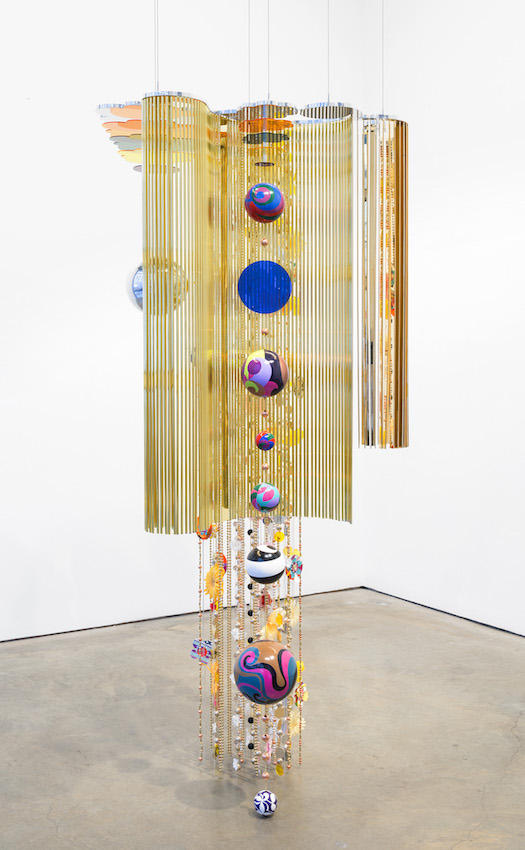
74 3/4 x 35 3/8 in.
WW: What is really interesting about this show is that you are displaying two hanging sculptures, which seem to be recent to your practice as an artist. Is that a misconception or have you always been interested in doing sculpture?
BM: This is the first time that I am showing these two sculptures. The origin was from a set design that I did for my sister’s modern dance company. I created this chandelier in the middle of the stage for her. I also developed my first sculpture for a show at Prospect I. It incorporated elements of carnival and was constructed by the craftsmen who create the floats for the parades. I think of it more as an instillation than a sculpture that I call “Gamboa.” From that point, I decided that I could really develop something that was three-dimensional. I started working with Durham Press, the same studio in Pennsylvania that I work with to make my prints. Five years ago we started talking and developing the possibility of three-dimensional works. It has been a long adventure. I really wanted to make it as a sculpture even though it drops from the ceiling. The paintings were a process and the sculptures were another, but they dialogue super well because it’s natural and rhythmic.
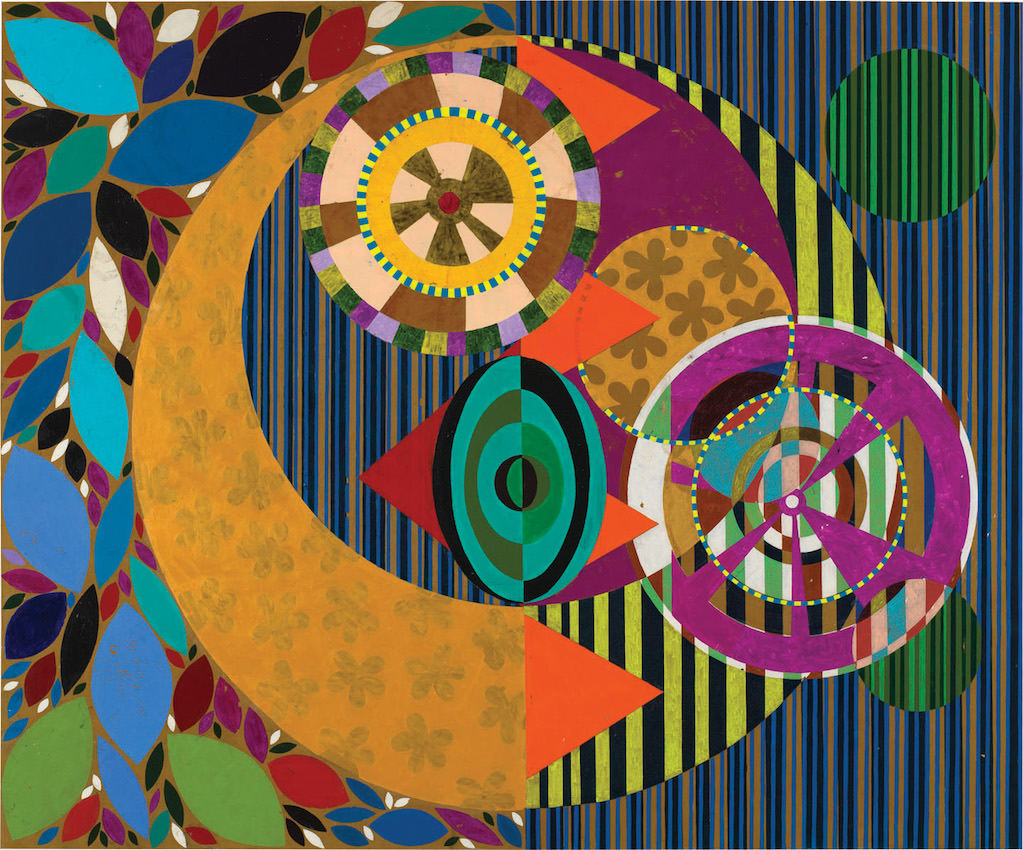
WW: Your first U.S. retrospective “Jardim Botantico” at PAMM (Perez Art Museum Miami) just finished up and now your having your fifth solo show at James Cohan Gallery. Do you follow a strict schedule in your studio to keep up with the demand of all these shows?
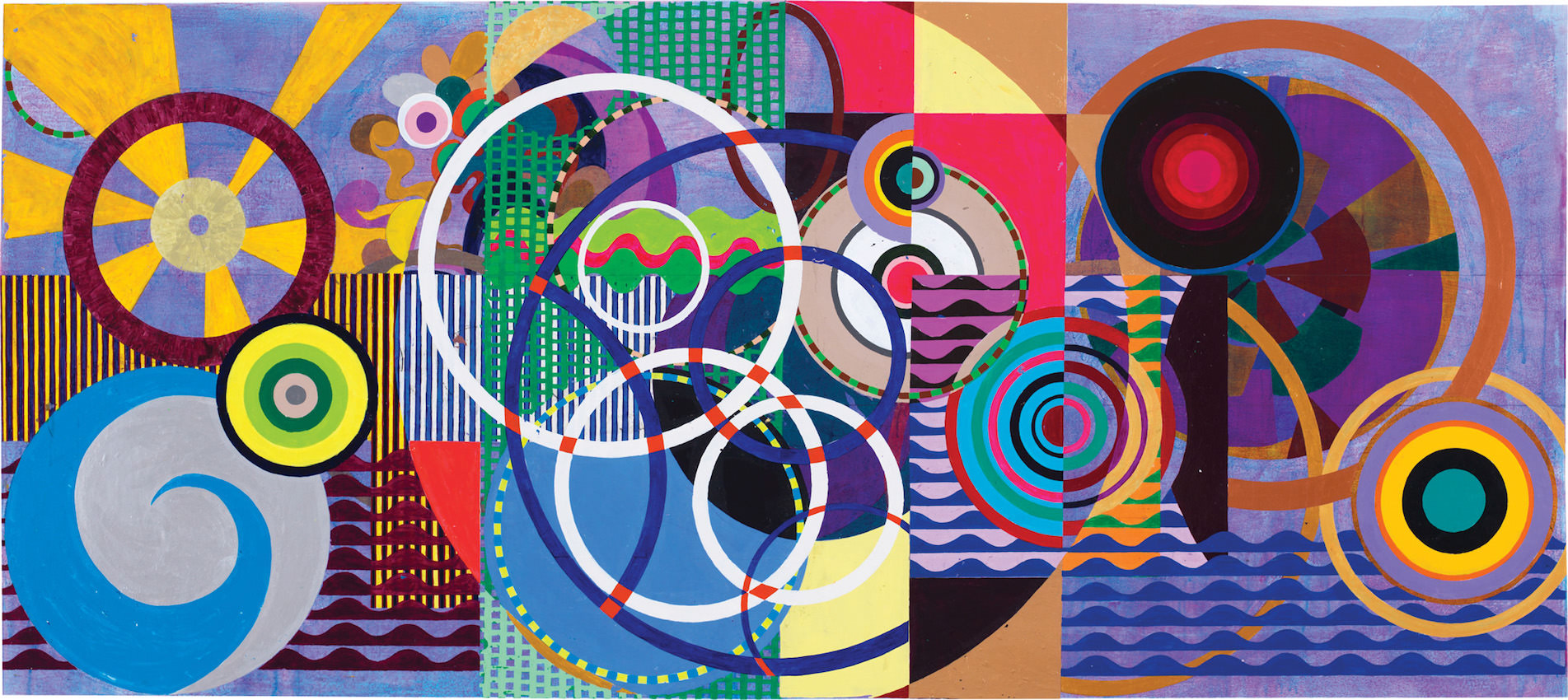
© Beatriz Milhazes. Courtesy James Cohan, New York / Shanghai.
BM: I’ve always been disciplined since I started and opened my studio. So when I started my international career in early ‘90s, of course it was a big change in my life to introduce the traveling and accommodating these different commitments that I didn’t have before. For me it was very important to keep my own place in Rio. That was very clear when I started, to go back and recognize my home and to keep it there.
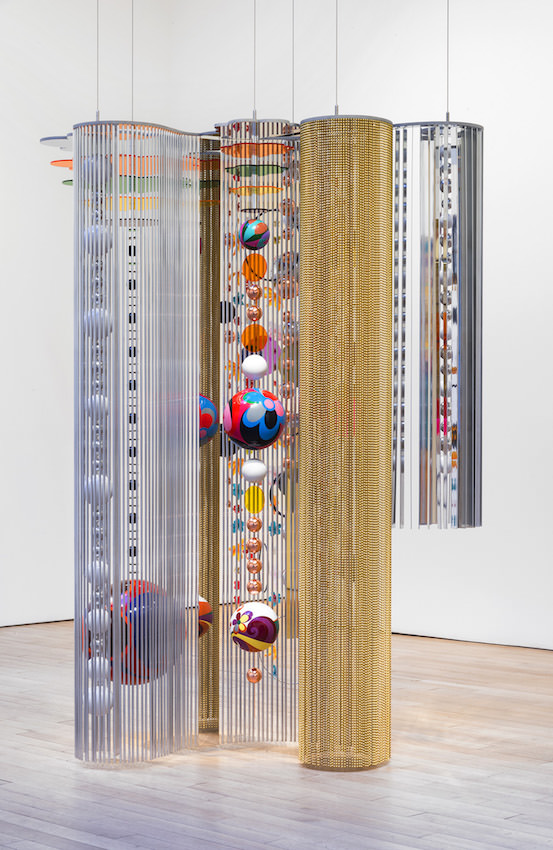
Photo: Manuel Águas & Pepe Schettino.









